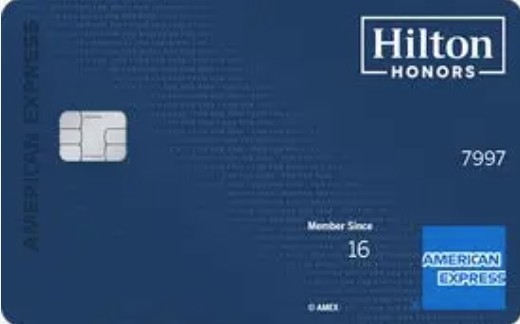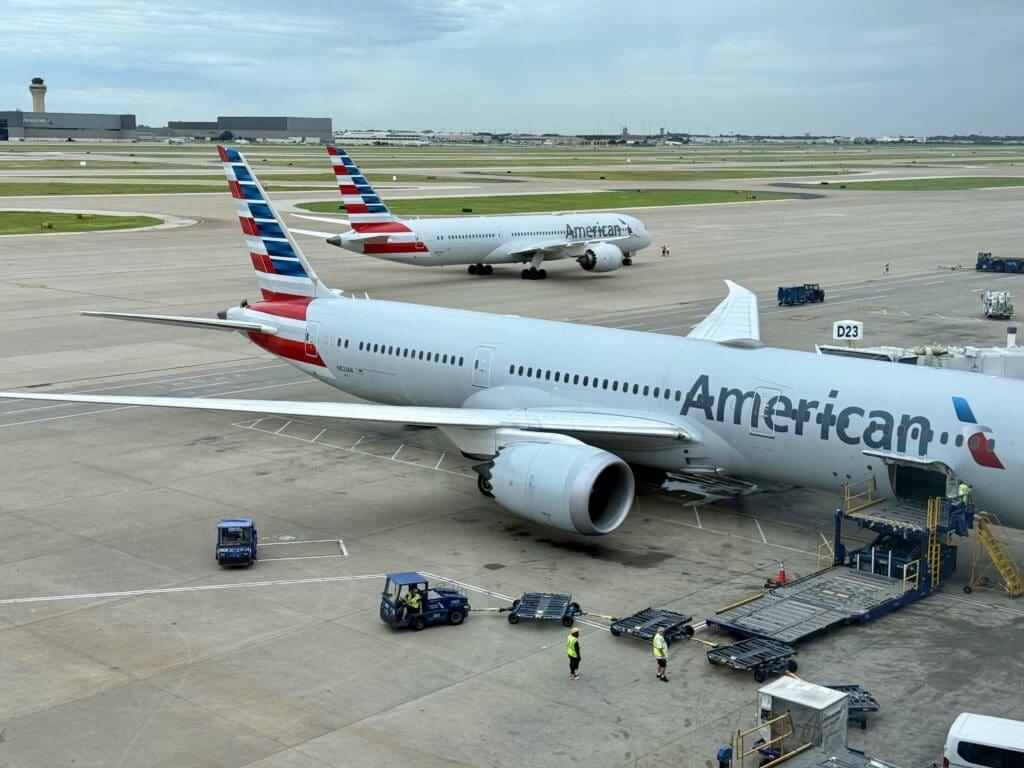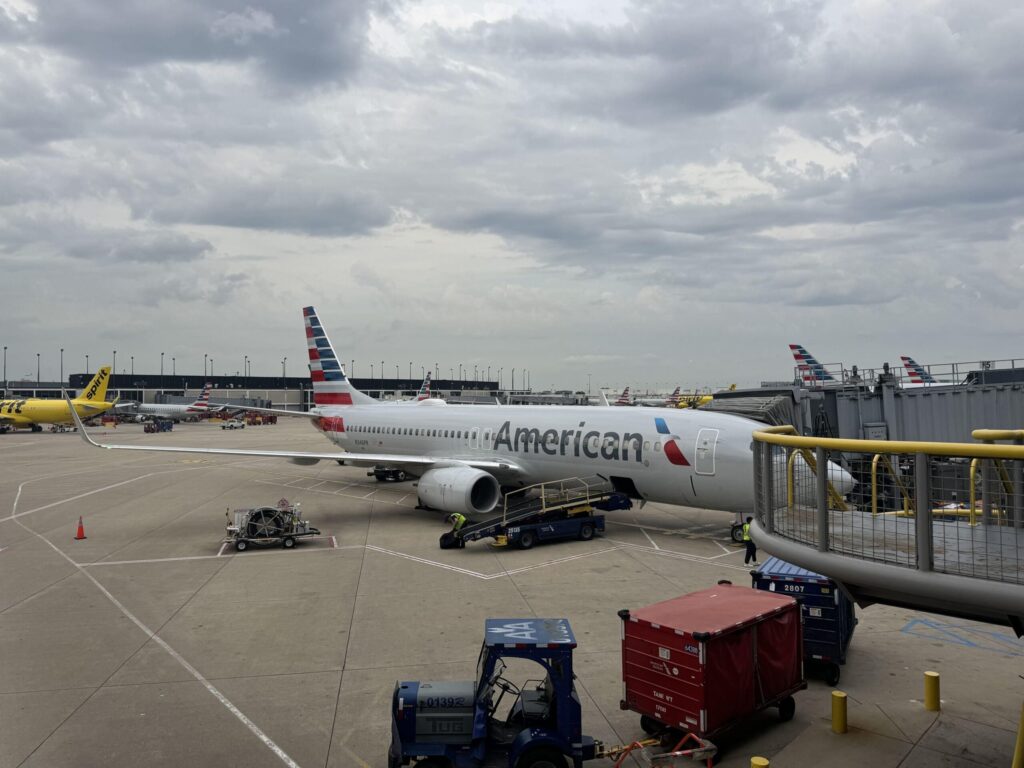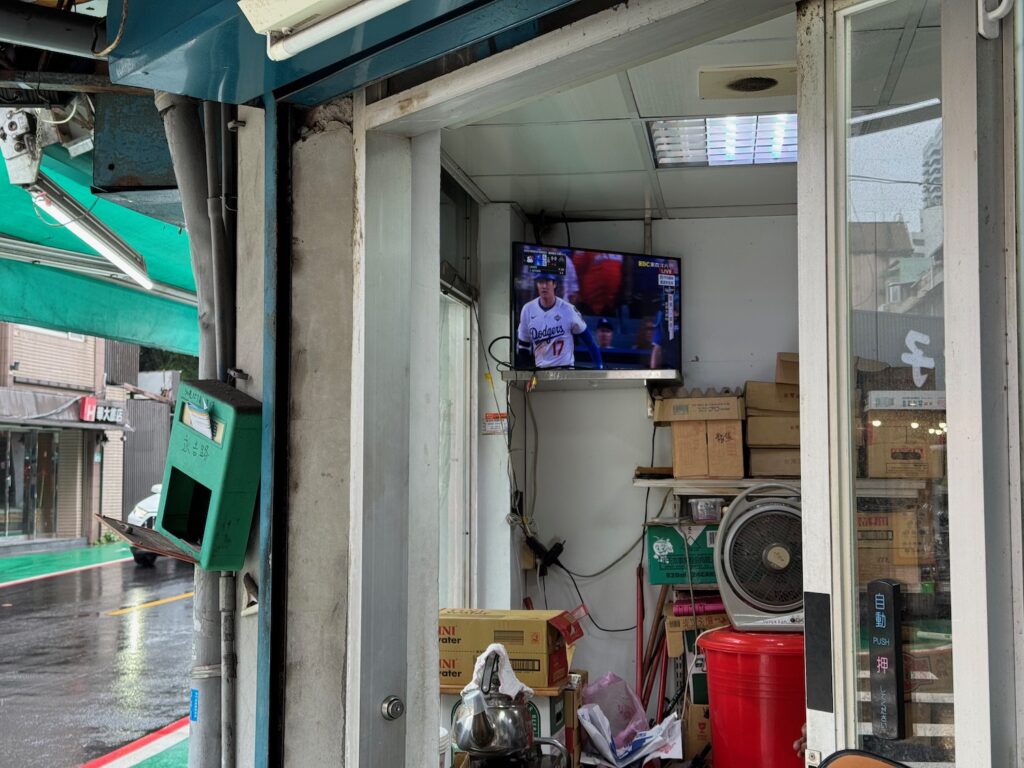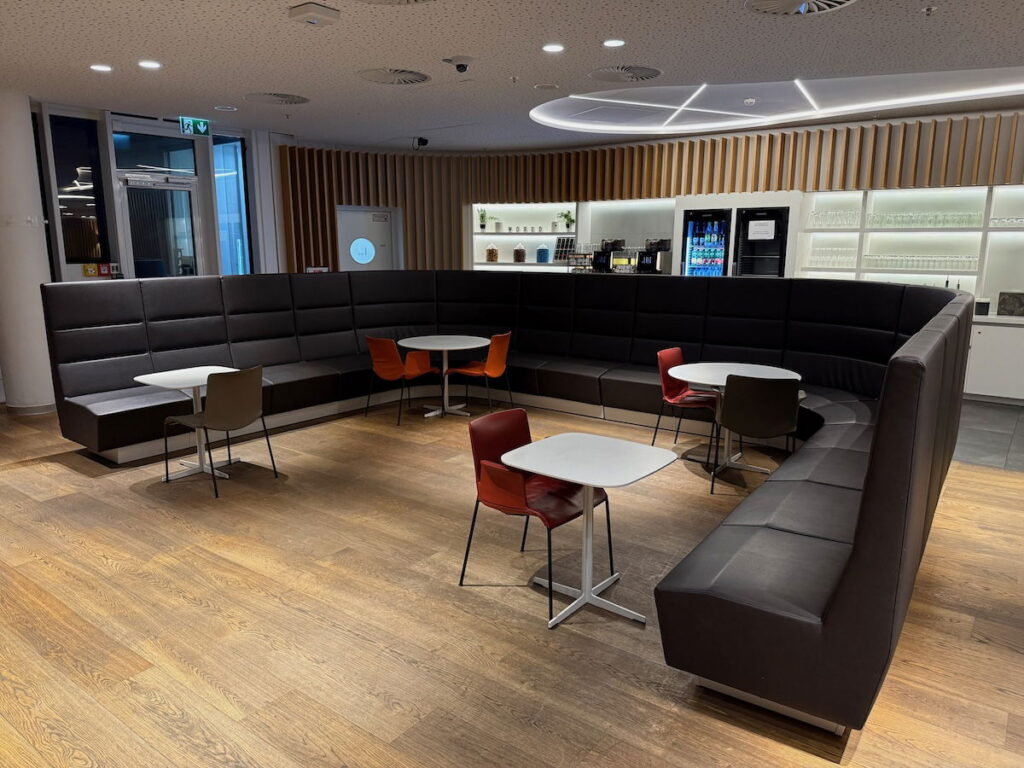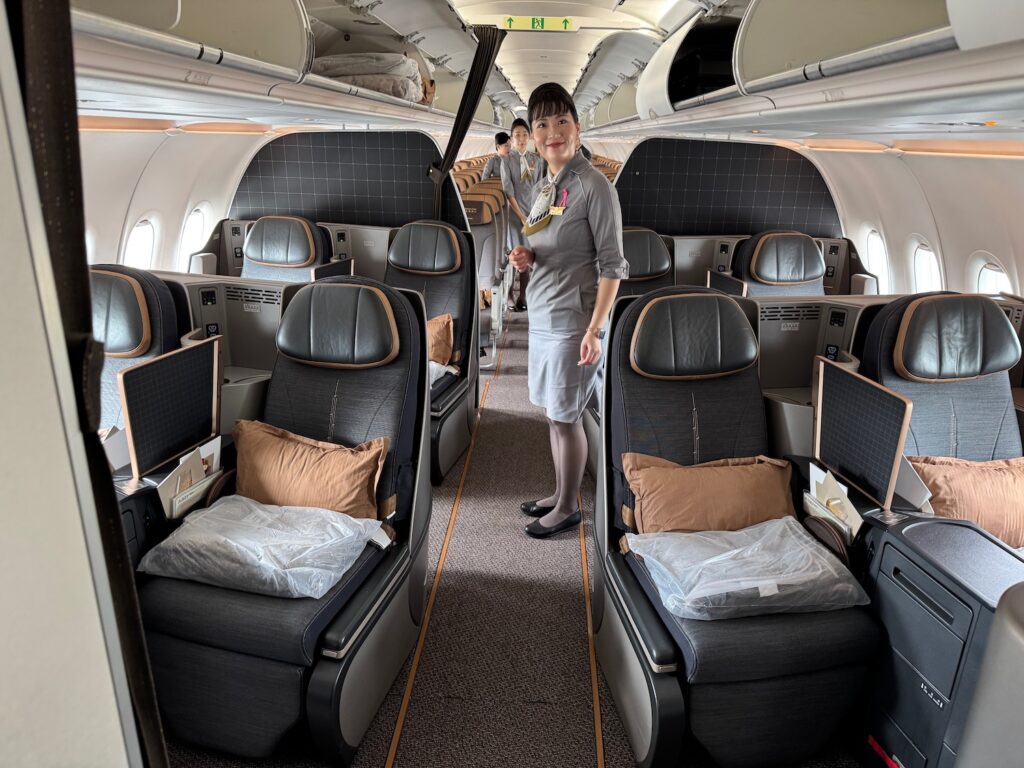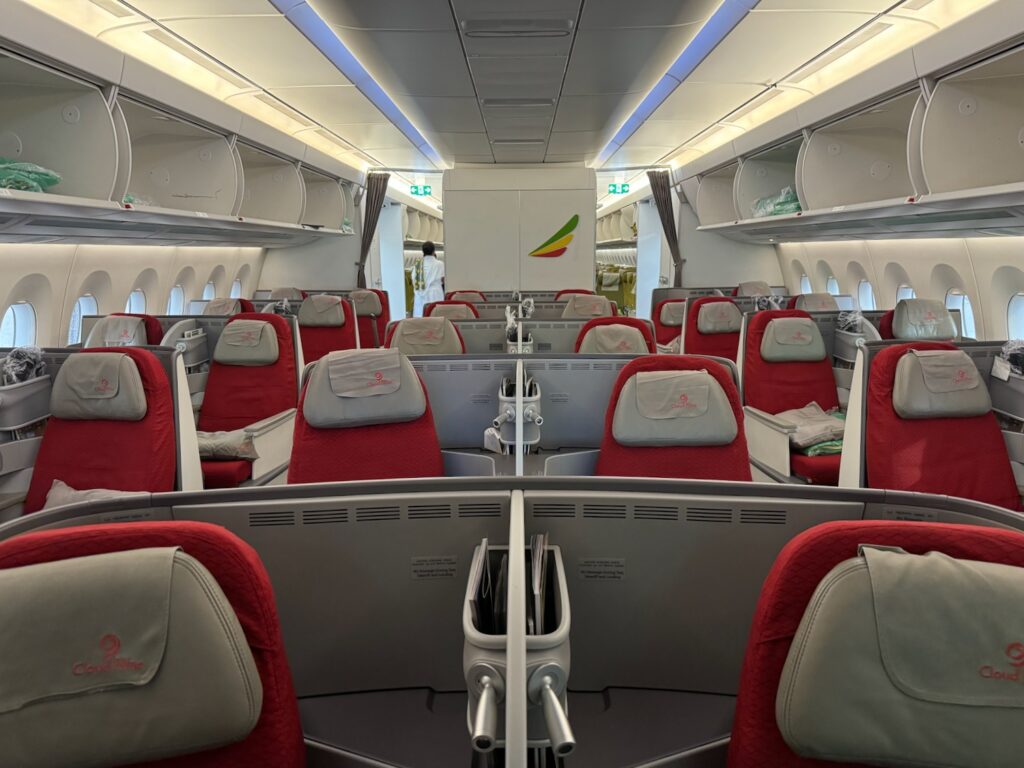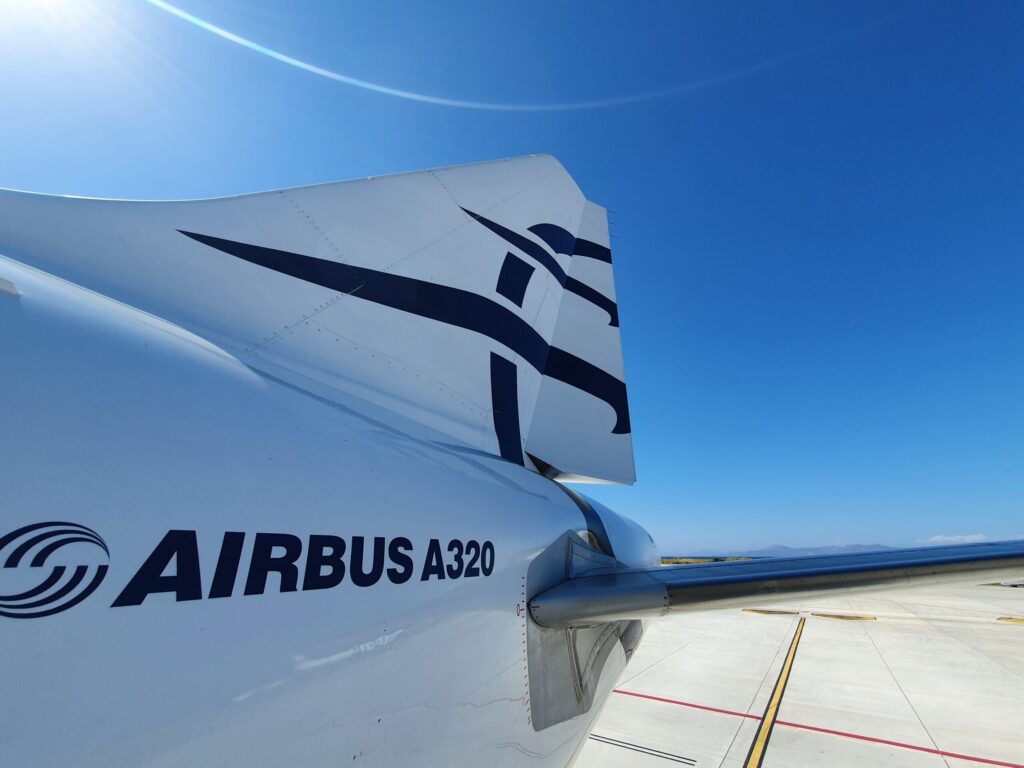
Ultimate Guide to Carry-On Only Packing: Travel Light, Travel Smart
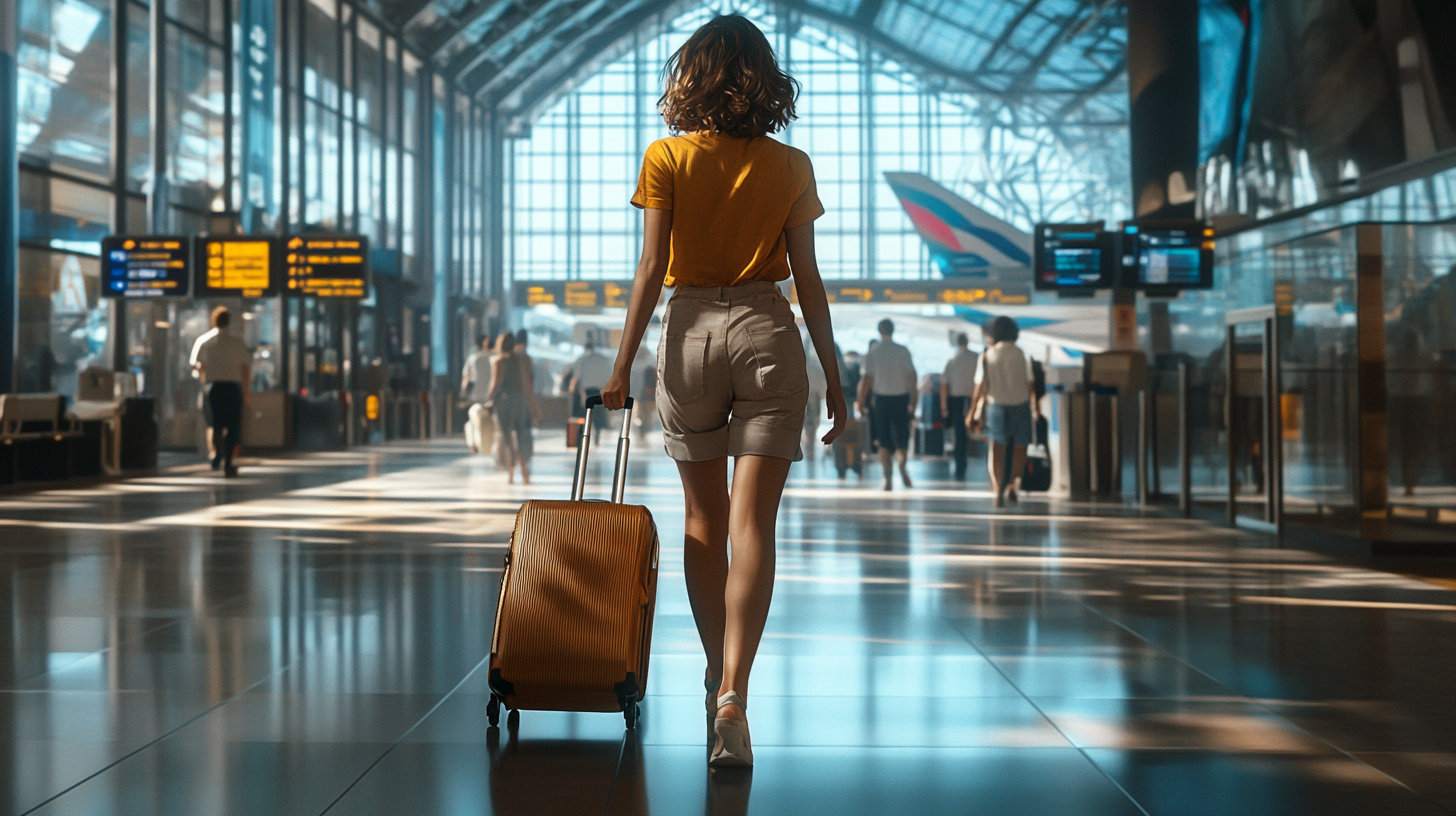
Have you ever felt weighed down by heavy luggage, or spent precious vacation time waiting at the baggage carousel? Read more about travel frustrations on AP News. Traveling with just a carry-on can be a game-changer, offering you the freedom to move seamlessly through airports, train stations, and city streets. Imagine bypassing long check-in lines, avoiding baggage fees, and stepping off the plane with everything you need right at your fingertips. Whether you’re heading out for a quick weekend escape or setting off on a cross-continental journey, mastering the art of packing light is a valuable skill for any modern adventurer. In this comprehensive guide, we’ll share insider tips, smart packing strategies, and ingenious hacks to help you maximize your carry-on space without compromising on comfort or style. Let’s embark on the journey towards more efficient, enjoyable travel!
The Benefits of Packing Carry-On Only
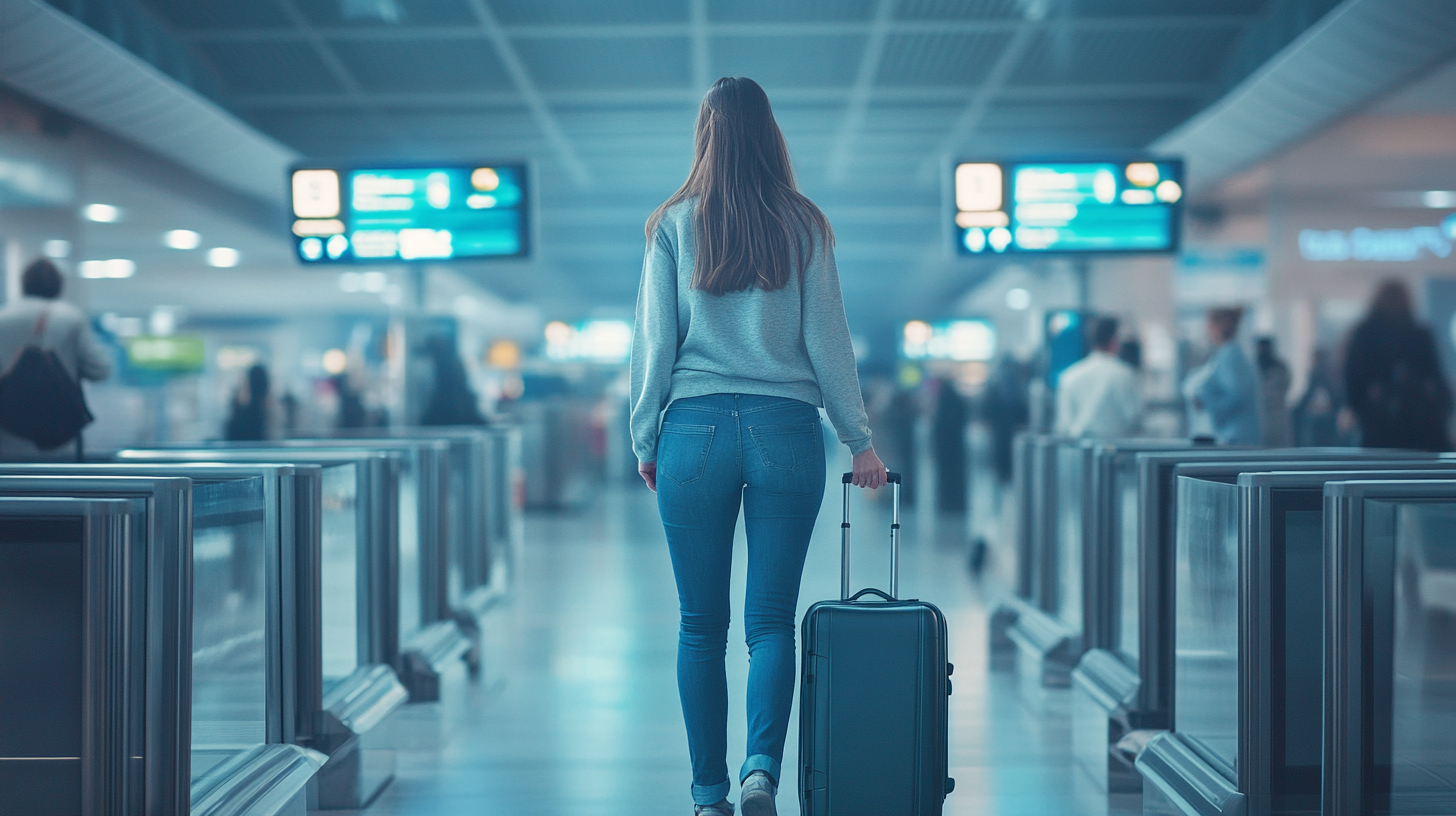
Packing carry-on only offers a multitude of advantages that can significantly enhance your overall travel experience. First and foremost, it saves you valuable time at the airport. By eliminating the need to check in luggage, you can proceed directly to security screening upon arrival. Explore airport time-saving tips on WanderEra. Similarly, upon landing, there’s no need to wait anxiously at the baggage claim carousel, scanning for your bag among a sea of identical suitcases. This efficiency not only reduces stress and potential frustration but also grants you extra time to explore and enjoy your destination from the moment you arrive. In fact, studies have shown that travelers can save up to an hour per trip by avoiding checked baggage. Check travel time-saving statistics on The Points Guy.
Secondly, traveling light can lead to significant cost savings. Many airlines, especially budget carriers, now charge substantial fees for checked luggage, sometimes even for the first bag. Learn about airline baggage fees on The Points Guy. These fees can range from $25 to $100 or more per flight segment, which can quickly add up, particularly for families or frequent flyers. By limiting yourself to a carry-on, you can sidestep these unnecessary expenses altogether. The money saved can be reallocated to more enjoyable aspects of your trip, such as indulging in local cuisine, visiting attractions, or extending your stay. Over the course of a year, frequent travelers can save hundreds of dollars just by avoiding checked baggage fees.
Additionally, keeping your belongings with you at all times significantly reduces the risk of lost or delayed luggage—a common travel woe. Read about lost luggage statistics on The Points Guy. Airlines misplace millions of bags each year due to various reasons like tight connections or mishandling. By relying solely on a carry-on, you eliminate the anxiety of wondering if your checked bag will arrive at your destination, or worse, finding yourself without your essentials upon arrival. There’s a profound peace of mind in knowing that everything you need is safely stored in the overhead compartment or under the seat in front of you. This convenience is especially beneficial during tight layovers, unexpected gate changes, or when navigating through large and busy airports where retrieving checked bags can be a time-consuming hassle.
Lastly, embracing carry-on-only travel cultivates a minimalist mindset. Explore minimalist travel tips on The Tiny Life. It challenges you to thoughtfully consider each item you pack, prioritizing essentials over “just-in-case” items. This intentional approach can lead to a greater appreciation for simplicity and mindfulness. By shedding excess belongings, you may find that you’re more present during your travels, focusing on experiences rather than possessions. Moreover, a lighter physical load can contribute to reduced fatigue and stress, allowing you to enjoy your journey more fully. This minimalist approach often extends beyond travel, influencing other areas of life by promoting sustainable and clutter-free living.
Furthermore, traveling with a carry-on allows for greater flexibility and spontaneity. Visit Road Affair to read about spontaneous travel. Without the burden of heavy luggage, it’s easier to navigate different modes of transportation, whether hopping on a local bus, catching a last-minute train, or strolling through cobblestone streets. You’re more agile and can adapt quickly to changes in your travel plans, such as flight cancellations or rerouted itineraries. This adaptability can lead to unexpected adventures and discoveries that enrich your travel experience.
Choosing the Right Carry-On Luggage
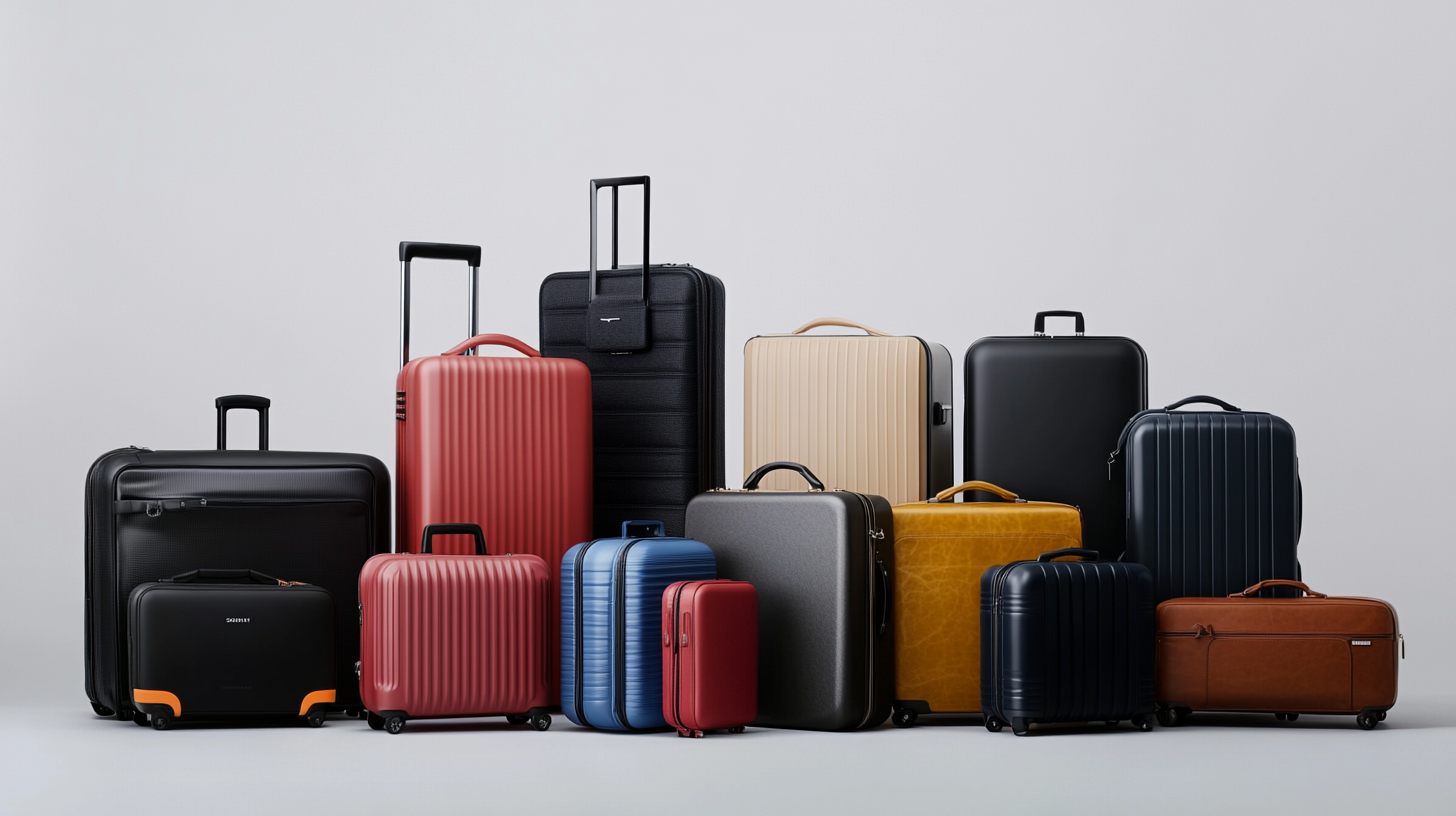
Choosing the right carry-on luggage is a foundational aspect of successful travel. The ideal bag is not just about style—it’s about functionality, durability, and compliance with airline regulations. See airline carry-on size restrictions on Upgraded Points. Before making a selection, familiarize yourself with the carry-on size limits of the airlines you’ll be flying with, as dimensions can vary between carriers and even between international and domestic flights. Look for luggage that maximizes the allowable dimensions, providing ample space without exceeding limits. Organizational features such as multiple compartments, internal pockets, and dividers can help keep your items orderly and accessible throughout your journey. Opting for a lightweight yet durable material is key; materials like polycarbonate or ballistic nylon offer strength without unnecessary weight.
Consider the type of luggage that best suits your travel style and destination. Hard-shell suitcases made from materials like polycarbonate or aluminum offer superior protection for fragile items and are often more water-resistant. Learn more about hard-shell luggage advantages on The Points Guy. Brands like Rimowa and Samsonite offer high-quality options in this category. On the other hand, soft-sided bags made from durable fabrics like ballistic nylon or Cordura provide flexibility—useful when squeezing into tight overhead compartments or expanding slightly to accommodate extra items. If you value mobility and versatility, a carry-on sized travel backpack might be ideal, particularly for destinations with uneven terrain, cobblestone streets, or when using public transportation frequently. Backpacks distribute the weight evenly across your shoulders and back, making it easier to navigate crowded airports or trek across town. Some popular choices include the Osprey Farpoint 40 and the Nomatic Travel Pack.
Weight is a critical consideration when selecting your carry-on. Some airlines impose strict weight limits, sometimes as low as 7kg (about 15 lbs). Visit US News for airline weight restrictions. Be sure to check your airline’s policies and choose luggage that is lightweight when empty to maximize the amount you can pack. Features such as expandable compartments and external pockets can be a double-edged sword. While they provide additional space, they can also encourage overpacking and may cause your bag to exceed size limitations when fully expanded. It’s essential to strike a balance between functionality and compliance. Additionally, look for luggage with features that enhance security, like TSA-approved locks, and convenience, such as 360-degree spinner wheels for effortless maneuvering. Ergonomic handles and padded straps can make transporting your bag more comfortable, especially during long travel days.
Security features are also paramount. Lockable zippers help deter theft and keep your belongings secure. Read travel security tips on TSA.gov. Some bags offer integrated TSA-approved combination locks, which allow security agents to open your bag without damaging it. Waterproof or water-resistant materials can protect your belongings from unexpected weather or spills—a valuable feature when caught in a sudden downpour or navigating wet environments. Comfort should not be overlooked; ergonomic handles, padded shoulder straps, and breathable back panels can make a significant difference, especially if you have long distances to walk or extended periods carrying your bag. Remember, your carry-on bag is more than just a container for your belongings—it’s a travel companion. Investing time and perhaps a bit more money in choosing the right one can enhance your travel experience for years to come. Explore stylish luggage options on Travel + Leisure.
Finally, consider the aesthetics and personal style of your luggage. A unique or colorful bag can be easier to identify and adds a personal touch to your travel gear. Some travelers prefer understated designs, while others enjoy vibrant patterns or customizations. Whichever you prefer, ensure it aligns with your practical needs first and foremost.
Packing Strategies for Carry-On Only Travel
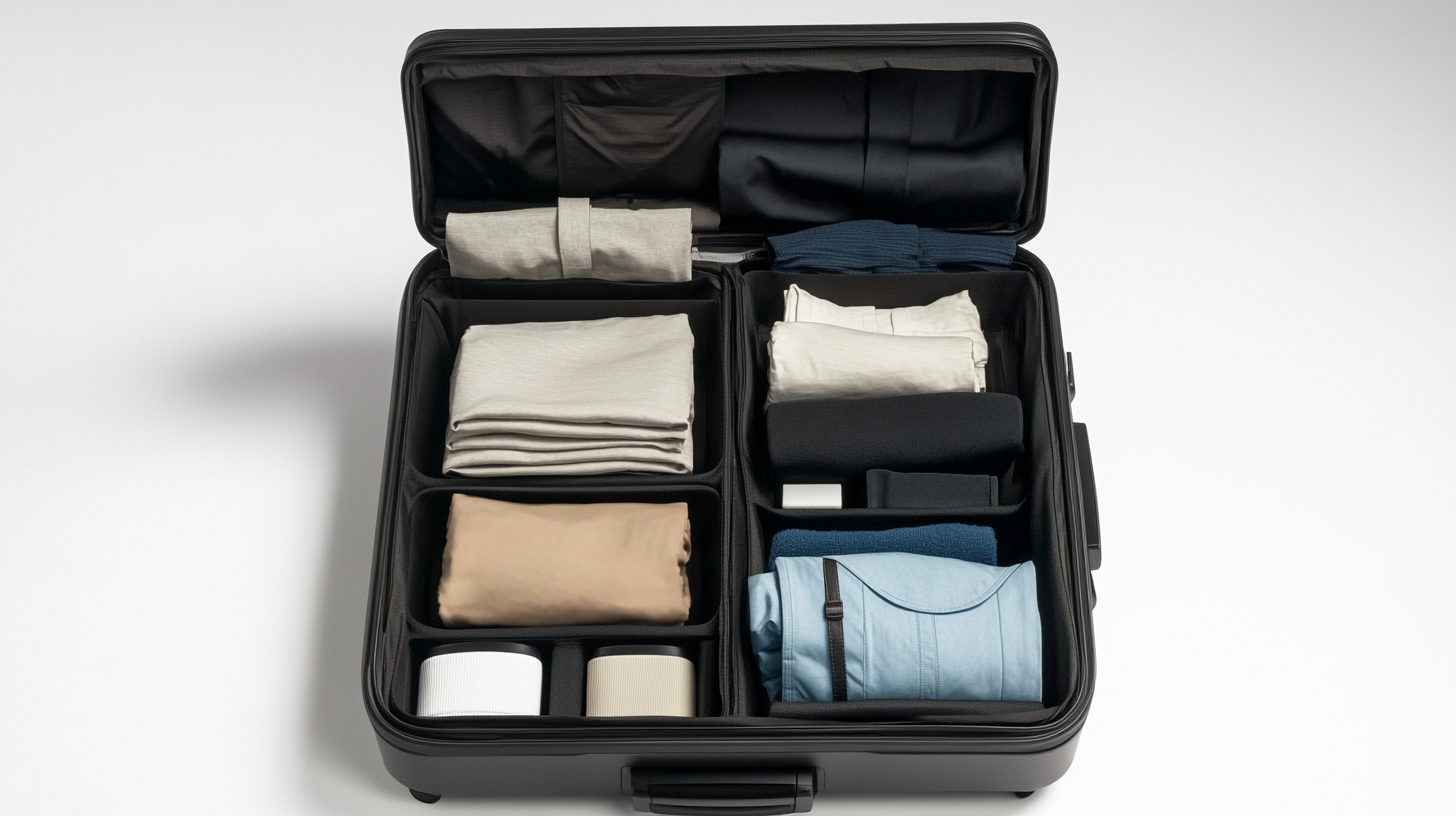
Efficient packing is an art that combines strategy with discipline. The first step is always to plan ahead. Start by researching your destination’s climate, local customs, and the activities you plan to engage in. See destination research tips on Global Goose. Create a detailed packing list that includes all the essentials you will need. By thoughtfully curating your items, you avoid the pitfalls of overpacking and ensure that you have everything necessary for a comfortable trip. This list acts as a roadmap, helping you stay focused and resist the temptation to throw in last-minute, unnecessary items “just in case.” Remember, the goal is to pack versatile, multi-purpose items that serve multiple functions.
When it comes to clothing, think capsule wardrobe. Choose versatile pieces that can be mixed and matched to create a variety of outfits from a limited number of items. Explore capsule wardrobe ideas for travel on The Belle Voyage. Opt for a cohesive color palette—neutral tones like black, white, gray, and navy are easy to coordinate and can be dressed up or down. Add a pop of color with accessories like scarves or jewelry, which take up minimal space. Prioritize clothing made from lightweight, wrinkle-resistant, and quick-drying fabrics such as merino wool, bamboo, or technical synthetics. These materials are not only comfortable but also practical; they often resist odors and can be worn multiple times between washes. For longer trips, plan to do laundry on the road, either by hand-washing garments or utilizing local laundry services.
Packing organizers are a traveler’s secret weapon. Items like packing cubes, compression bags, and ziplock bags can revolutionize the way you pack. Learn about packing cube benefits on The Points Guy. Packing cubes compartmentalize your clothing and accessories, making it easier to locate items quickly without rummaging through your entire bag. They can be organized by item type, outfit, or any system that works for you. Compression bags or vacuum-sealed bags are excellent for reducing the volume of bulky items like sweaters or jackets. However, be cautious not to overpack, as this can lead to overweight luggage. Some travelers also use smaller pouches for organizing electronics, toiletries, and other accessories to keep everything neat and accessible.
One of the most debated topics among travelers is whether to roll or fold clothing. Rolling clothes can save space and reduce wrinkles, making it a popular choice for many. Read about how to roll clothes for packing on Reader’s Digest. Conversely, folding might be preferable for certain items like dress shirts or structured garments. Some travelers use a combination of both, rolling casual wear and folding formal attire. Consider experimenting with both methods to determine what works best for your clothing and luggage. Additionally, utilize every nook and cranny of your bag. Fill the inside of shoes with socks, chargers, or small items. Place belts along the perimeter of your bag, and lay flatter items like magazines or documents at the very bottom or back. By being strategic with your placement, you can maximize every inch of available space.
Minimize toiletries by transferring products into small, reusable travel containers or purchasing travel-sized versions of your favorite products. Consider solid alternatives such as bar soap, solid shampoo, or lotion bars, which are not subject to liquid restrictions and can save space. Visit Travel Fashion Girl for solid toiletries for travel. Remember, most hotels and accommodations provide basic toiletries, so you may not need to pack everything.
Shoes can be space hogs in your luggage. Limit yourself to two pairs at most: one comfortable pair for walking and a dressier option if necessary. Wear your bulkiest pair during transit to save space in your bag. Choose versatile footwear that suits multiple scenarios. Discover the best travel shoes on The Packable Life. Pack shoes in separate shoe bags or use a shower cap to cover the soles to keep your clothes clean.
Navigating Toiletries and Liquids Restrictions
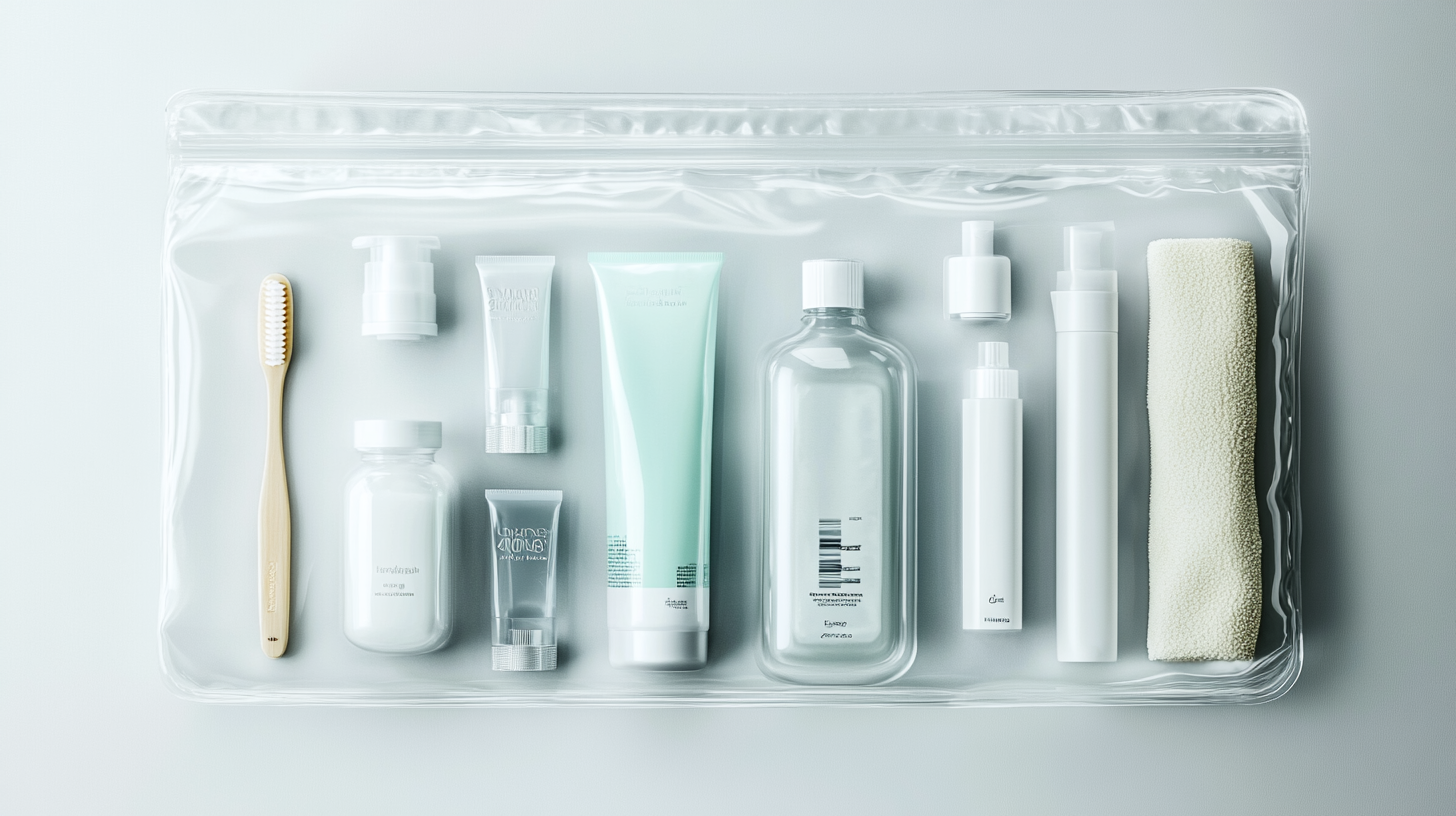
One of the primary challenges when traveling carry-on only is navigating the Transportation Security Administration (TSA) liquids rule, commonly known as the 3-1-1 rule in the United States. Read the TSA liquids rule on TSA.gov. This regulation states that all liquids, gels, and aerosols must be in containers of 3.4 ounces (100 milliliters) or less and placed within a single quart-sized, clear, zip-top plastic bag. This policy is in place to ensure security and safety, but it can complicate packing, especially if you’re used to bringing full-sized toiletries. Understanding and preparing for these restrictions can save you time and prevent potential confiscation of items at security checkpoints.
To comply with liquid restrictions while ensuring you have all your essential toiletries, consider decanting your preferred products into reusable travel-sized bottles. Find the best travel-sized containers on Condé Nast Traveler. Leak-proof silicone bottles are an excellent investment as they are durable and easy to refill. Alternatively, many brands offer travel-sized versions of their products, which can be a convenient option. Even better, consider solid alternatives to liquid products, which are not subject to the same restrictions. Shampoo bars, conditioner bars, solid lotions, toothpaste tablets, and solid perfumes are increasingly popular and effective. Explore solid toiletries options on Travel Fashion Girl. Brands like Lush solid shampoos and Ethique solid bars offer a range of solid personal care items. Switching to solids not only helps you navigate security smoothly but also reduces the risk of spills inside your bag.
Your medications are critical, and it’s essential to pack them appropriately. Always keep prescription medications in their original packaging with the prescription label visible. Read about traveling with medications on TSA.gov. This can help avoid any confusion or issues with customs or security officials. If possible, bring a copy of your prescription or a letter from your doctor, especially when traveling internationally. Some countries have strict regulations regarding certain medications, so it’s prudent to research any restrictions in advance. Keep medications and any necessary medical supplies in your personal item so they are easily accessible during your journey.
Efficient organization of your liquids bag can streamline your passage through security checkpoints. Use a clear, quart-sized toiletry bag with a sturdy zipper to contain any leaks. See the best clear toiletry bags on Travel + Leisure. Pack your liquids bag near the top of your carry-on or in an external pocket, so it’s easily accessible when you need to place it in a security bin. This saves time and reduces the hassle of digging through your belongings while in line. For additional protection against leaks, you can wrap the bag in a small microfiber towel, which can double as a travel accessory. Remember to reseal all containers tightly before packing.
Be aware of items that may not immediately seem like liquids but fall under the TSA’s restrictions, such as gels, creams, pastes, and aerosols. This includes items like peanut butter, mascara, and even snow globes. When in doubt, check the TSA website or app for clarification.
Managing Electronics and Accessories
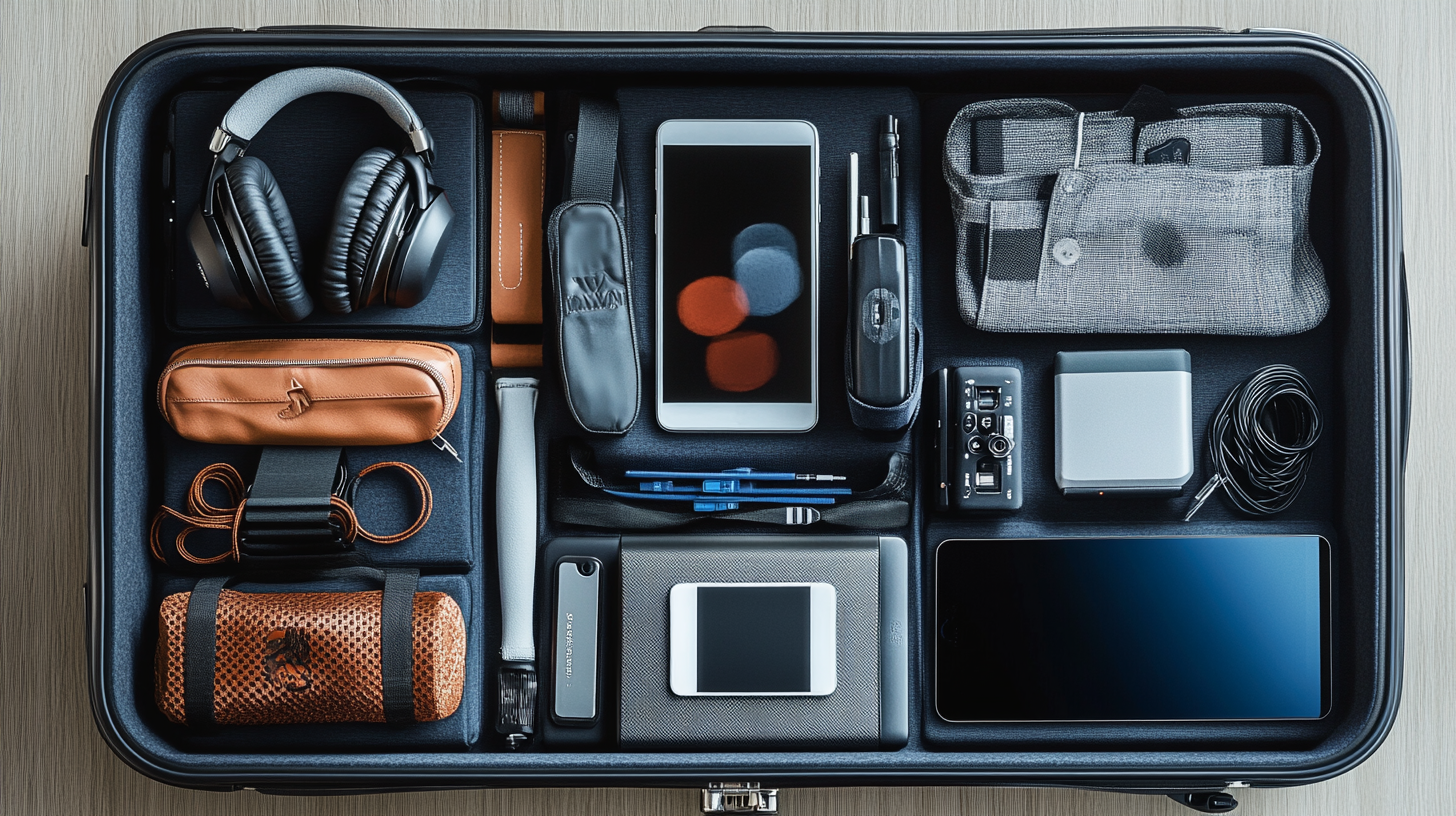
Electronics are integral to modern travel but can quickly add bulk and weight to your carry-on. Start by assessing which devices are truly essential for your trip. Explore simplifying travel electronics on Travel + Leisure. Your smartphone is a multifunctional tool—it can serve as a camera, GPS navigator, e-reader, music player, and more. By leveraging its capabilities, you might eliminate the need to carry extra devices like a separate camera or tablet. However, consider your specific needs. If you’re a professional photographer or need a laptop for work, plan accordingly. Remember, the fewer devices you bring, the fewer chargers and accessories you’ll need to pack.
If bringing a laptop or tablet is necessary, opt for slim, lightweight models that are travel-friendly. Ultrabooks and tablets with detachable keyboards are excellent options for combining functionality with portability. See the best travel laptops on RTINGS.com. Ensure you have all the necessary accessories, such as chargers, cables, and any adapters needed for international outlets. A universal travel adapter with USB ports can be invaluable. Including a portable power bank can keep your devices charged during long flights or layovers. Organize your electronics and accessories in a dedicated pouch or tech organizer to prevent tangled cords and to make locating items easier. This also simplifies the security screening process, as you may need to remove certain electronics from your bag.
For photography enthusiasts, consider using a mirrorless camera or a high-quality point-and-shoot instead of a bulky DSLR. Mirrorless cameras offer excellent image quality in a more compact form factor. Read about mirrorless vs DSLR cameras on Tom’s Guide. Models like the Sony Alpha a7 III or the Fujifilm X-T30 are favorites among travelers. Pack spare memory cards and batteries, as these might be difficult to find or more expensive while abroad. Ensure you have a protective case for your camera to prevent damage during transit. If you’re bringing multiple lenses, weigh the importance of each to avoid unnecessary weight.
Noise-canceling headphones can greatly enhance your in-flight experience by reducing ambient noise and allowing you to enjoy music, movies, or some quiet rest. Opt for compact, lightweight models like noise-canceling earbuds or foldable headphones to save space. Discover the best travel headphones on RTINGS.com. Popular choices include the Bose QuietComfort Earbuds and the Sony WH-1000XM4. Weigh the value of non-essential accessories; if an item won’t significantly improve your trip, consider leaving it at home. Remember, every item adds to the weight and space in your carry-on.
Remember to back up important data before you travel and ensure your devices are password-protected. Consider using a VPN when connecting to public Wi-Fi networks to keep your information secure. Read cybersecurity tips for travelers on FCC.gov. Keep your devices within sight at all times, especially in crowded areas. Investing in anti-theft bags or RFID-blocking wallets can add an extra layer of security.
Maximizing Space with Smart Techniques
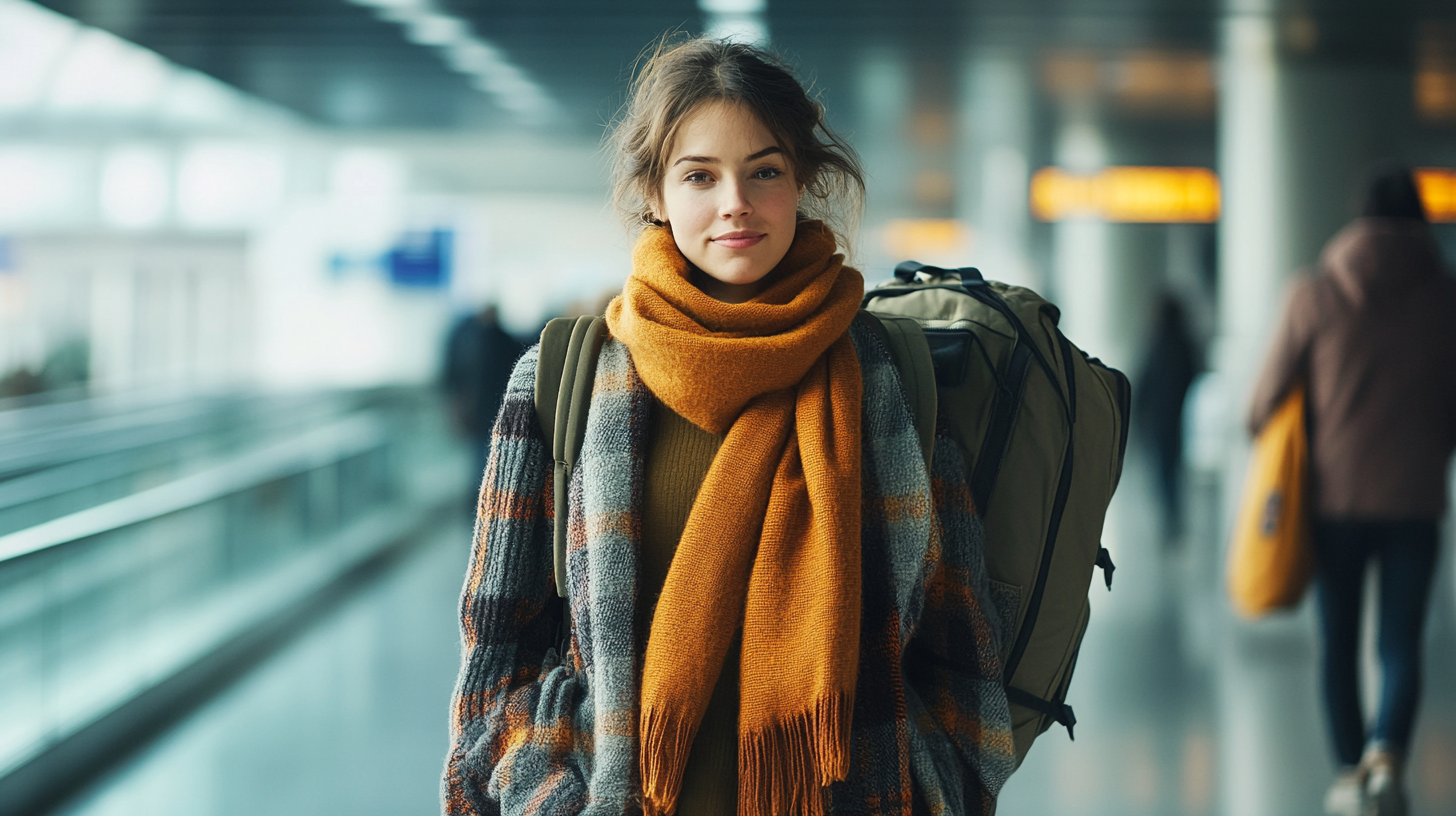
To maximize space in your carry-on, strategically wear or carry your bulkiest items during transit. This might include wearing your heaviest shoes like boots, your thickest jacket, or multiple layers of clothing. Learn how to wear layers to save luggage space on Our Travel Mix. Not only does this free up space in your bag, but it also prepares you for varying temperatures during your journey. Airplane cabins can be chilly, so having a sweater or jacket on hand can keep you comfortable. Once onboard, you can remove layers and stow them in the overhead bin or under the seat. Be mindful not to overdo it to the point of discomfort during security screening or while moving through the airport.
Make effective use of all available space within your carry-on and personal item. Internal and external pockets, nooks, and crannies can be filled with smaller items like socks, underwear, or accessories. Discover how to use luggage space efficiently on Plan Ready Go. Stuff socks or small items into shoes to utilize the empty space. Utilize the gaps between larger items to tuck in smaller articles. Compression straps inside your luggage can help flatten and secure your contents, making room for additional items or just keeping everything in place. Some travelers even use vacuum-sealed bags for clothing, but be cautious about weight limits and the possibility of wrinkles.
Opt for multi-purpose items whenever possible. A sarong or large scarf, for example, can be used as a blanket, beach cover-up, towel, or even a makeshift bag. Read about multi-use travel items on Packing Light Travel. Clothing with hidden pockets can provide additional storage and security. Choose footwear that is suitable for multiple activities, like sneakers that are comfortable for walking and appropriate for casual evenings out. In terms of toiletries, if you’re staying at accommodations that provide essentials, you might forgo packing them altogether. Sampling sizes not only save space but also allow you to try new products.
Always be aware of your carry-on’s weight. Exceeding airline weight limits can result in additional fees or the necessity to check your bag at the last minute. Use a portable luggage scale to weigh your bag before leaving home to ensure it meets airline regulations. Find the best portable luggage scales on Travel + Leisure. Remember, an overpacked bag isn’t just a compliance issue—it can also be physically taxing. If you struggle to lift it overhead, you may face challenges during boarding or when retrieving it from compartments. Packing lighter not only makes your journey smoother but also reduces the risk of injury or strain.
Take advantage of your personal item allowance, typically a small backpack, tote, or laptop bag. Understand personal item guidelines on SmarterTravel. Use this space wisely for items you’ll need quick access to during your flight, such as travel documents, a water bottle (filled after security), snacks, a book or e-reader, and any necessary medications. Some travelers use their personal item to carry heavier items, helping to balance the weight between bags.
Overcoming Common Carry-On Challenges
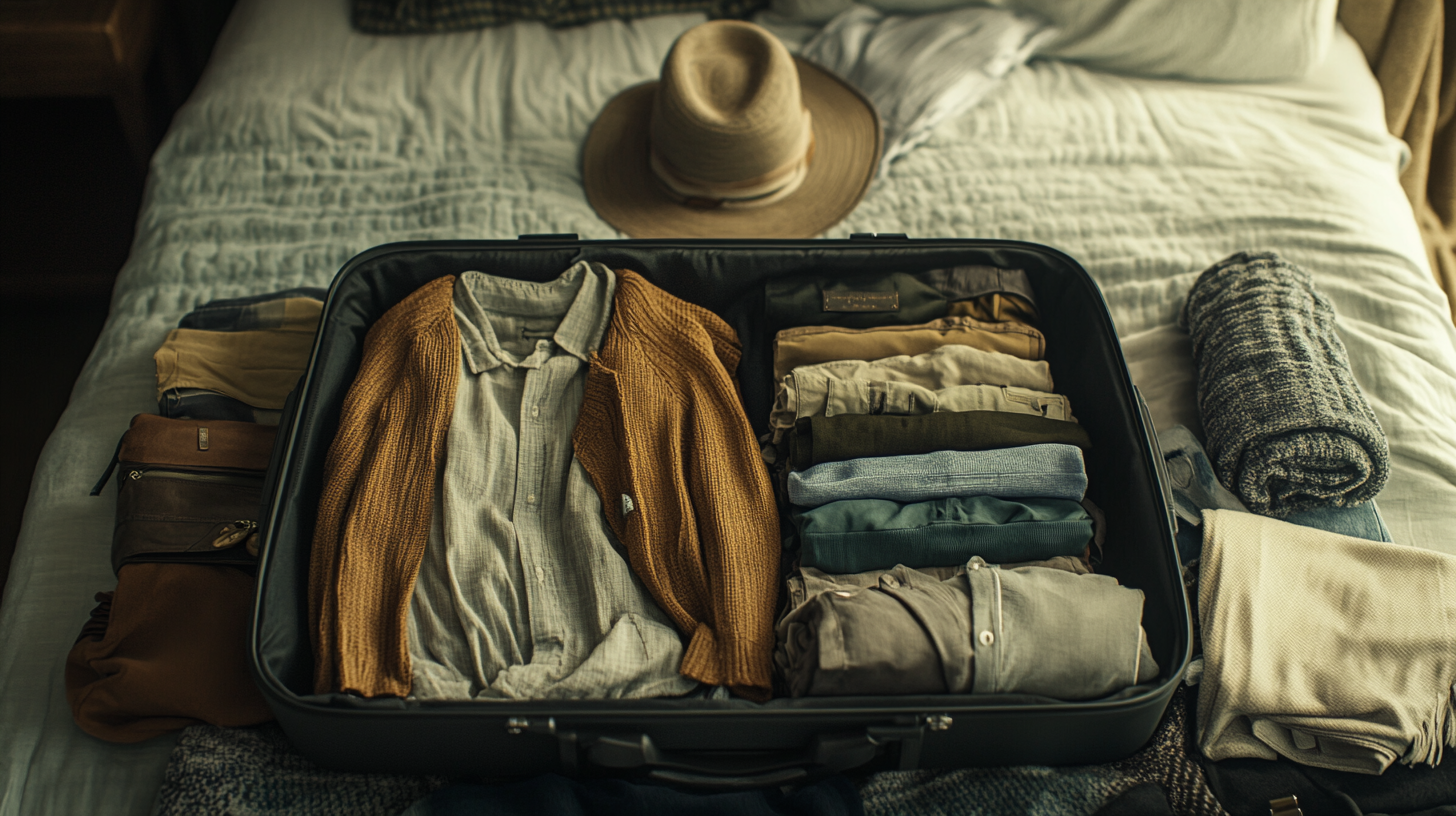
Packing for a trip that spans multiple climates requires strategic planning. The key is layering. Bring lightweight, breathable base layers that can be combined with warmer mid-layers and an outer shell for colder weather. Read about how to layer clothes for travel on Travelista. Materials like merino wool are excellent because they regulate body temperature, wick moisture, and resist odors, enabling you to wear them multiple times between washes. A compressible down jacket or vest is warm yet packs down small, saving valuable space. Rain jackets with hoods can protect against wind and precipitation while adding warmth when layered.
Utilizing laundry facilities during your trip significantly reduces the amount of clothing you need to pack. Many accommodations offer laundry services or have washers and dryers available for guests. Alternatively, local laundromats are often affordable and provide an authentic glimpse into daily life in your destination. Learn how to do laundry while traveling on Independent Travel Cats. Packing a small amount of concentrated, biodegradable laundry soap allows you to hand-wash items in a sink when necessary. Quick-drying clothing becomes especially valuable in this context—you can wash items in the evening, and they’ll be dry by morning.
Collecting souvenirs or indulging in shopping can be challenging when traveling with limited luggage space. To accommodate new items, consider leaving some room in your bag when packing. Alternatively, prioritize purchasing small, lightweight souvenirs such as postcards, jewelry, or local crafts that won’t take up much space. Consider souvenirs while traveling light on Quartz Mountain. For larger or bulkier items, inquire about shipping options. Many retailers and post offices can assist with sending purchases directly to your home, albeit at an additional cost. Remember to account for any customs regulations or import duties when shipping goods internationally.
Airline policies regarding carry-on baggage can vary significantly between carriers and even on different routes with the same airline. Always check the specific size and weight limitations for the airlines you’ll be flying with, including any connecting flights. Compare airline baggage policies on SmarterTravel. Budget airlines, in particular, may have stricter limits or may charge for carry-on bags unless you pay for priority boarding or a higher fare class. Being aware of these policies in advance allows you to adjust your packing accordingly and avoid unexpected fees or the inconvenience of being forced to check your bag at the gate. Keep documentation of the airline’s policy accessible during travel in case of discrepancies.
Ensure that all your essential travel documents—passport, visa, boarding passes, proof of accommodation, and any necessary health certificates—are organized and easily accessible. Organize travel documents effectively as advised by USA Today. Consider digital backups stored securely on your phone or in cloud storage, but also carry physical copies where necessary. Keeping these items in a dedicated travel wallet or document organizer can simplify your airport experience, especially during customs and immigration procedures.
Final Thoughts: Embrace the Freedom of Carry-On Travel

Traveling with only a carry-on may require a shift in mindset and a bit more planning, but the rewards are well worth the effort. The freedom from heavy luggage, the flexibility to move swiftly, and the peace of mind knowing that your belongings are with you can profoundly enhance your travel experience. Discover the benefits of minimalist travel on Mr. Minimalist. You’ll likely find yourself more focused on the journey and the experiences rather than the possessions you’ve brought along. By implementing the tips and strategies outlined in this guide, you’re on the path to becoming a savvy, carry-on-only traveler, ready to embark on adventures with confidence and ease.
Embrace the challenge and see how liberating it can be to travel light. Not only will you simplify your packing routine, but you may also discover a new appreciation for minimalist living that extends beyond your travels. Consider a minimalism lifestyle with tips from The Tiny Life. So pack your bag, embark on your journey, and enjoy the countless benefits that come with carry-on travel. For more travel tips, destination guides, and insider insights, you may want to follow us back to BoardingArea and join our community of globetrotters eager to share experiences and advice. Safe travels!


